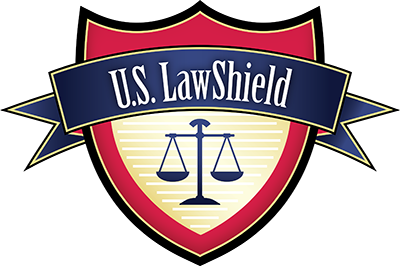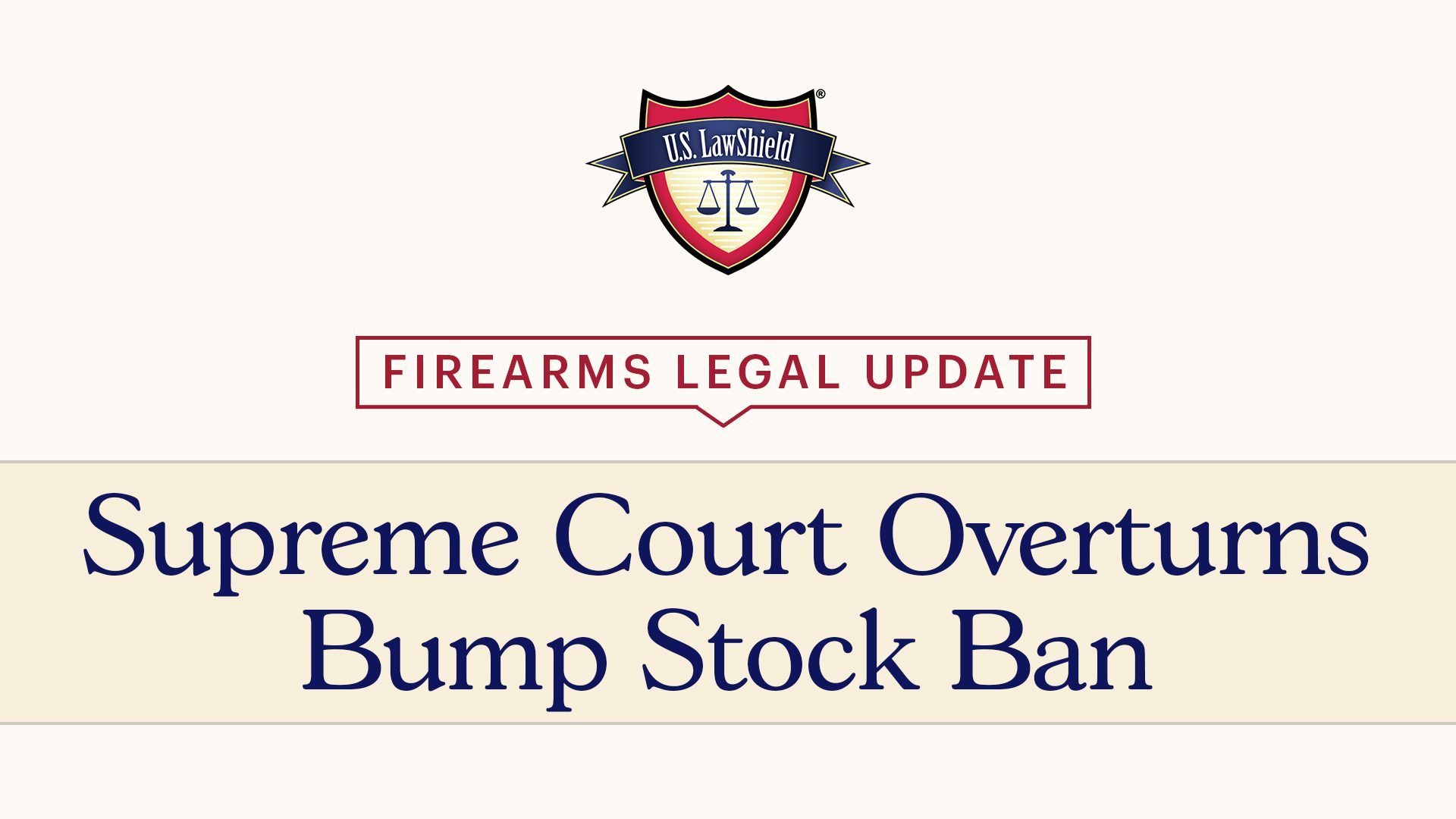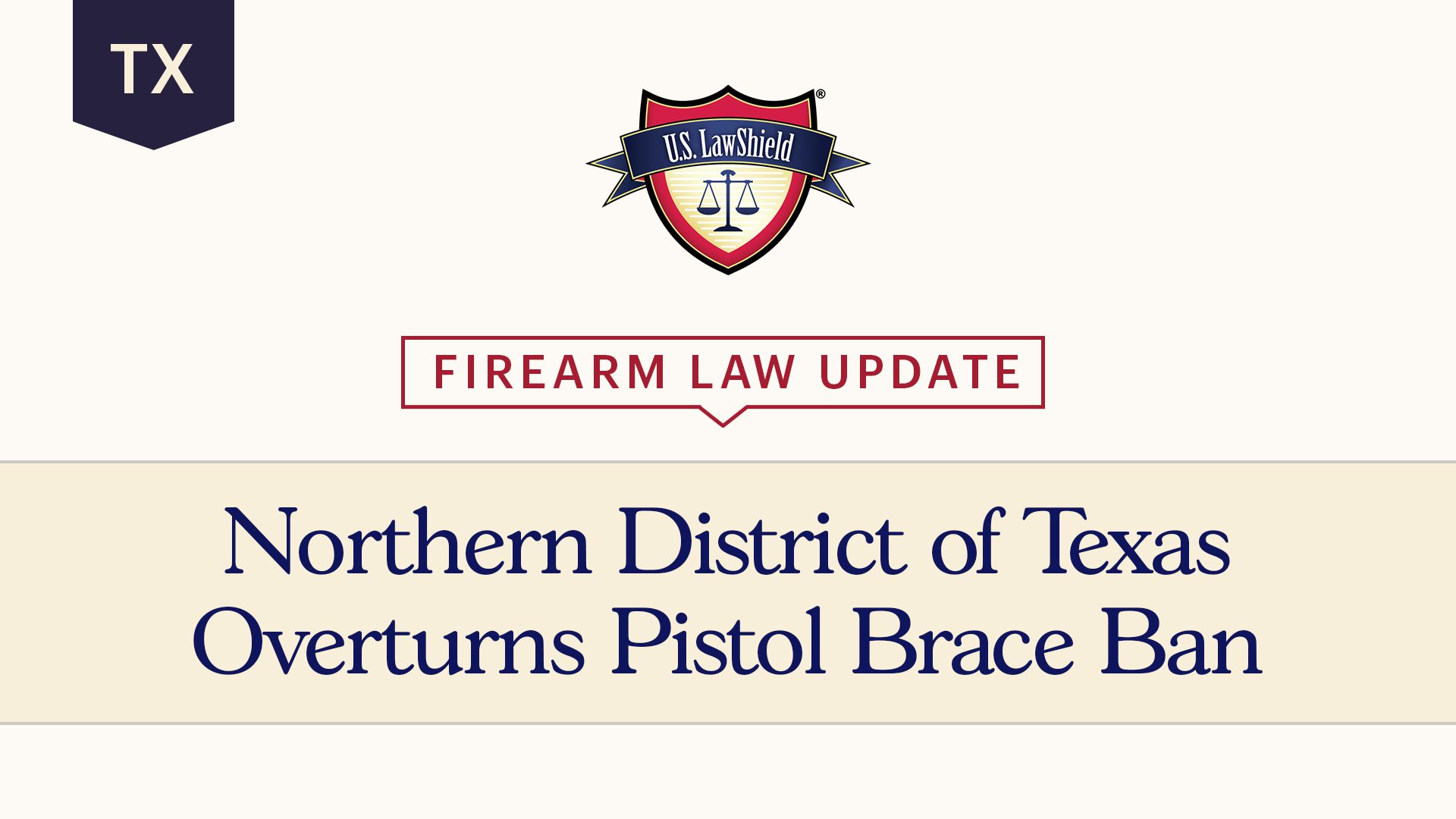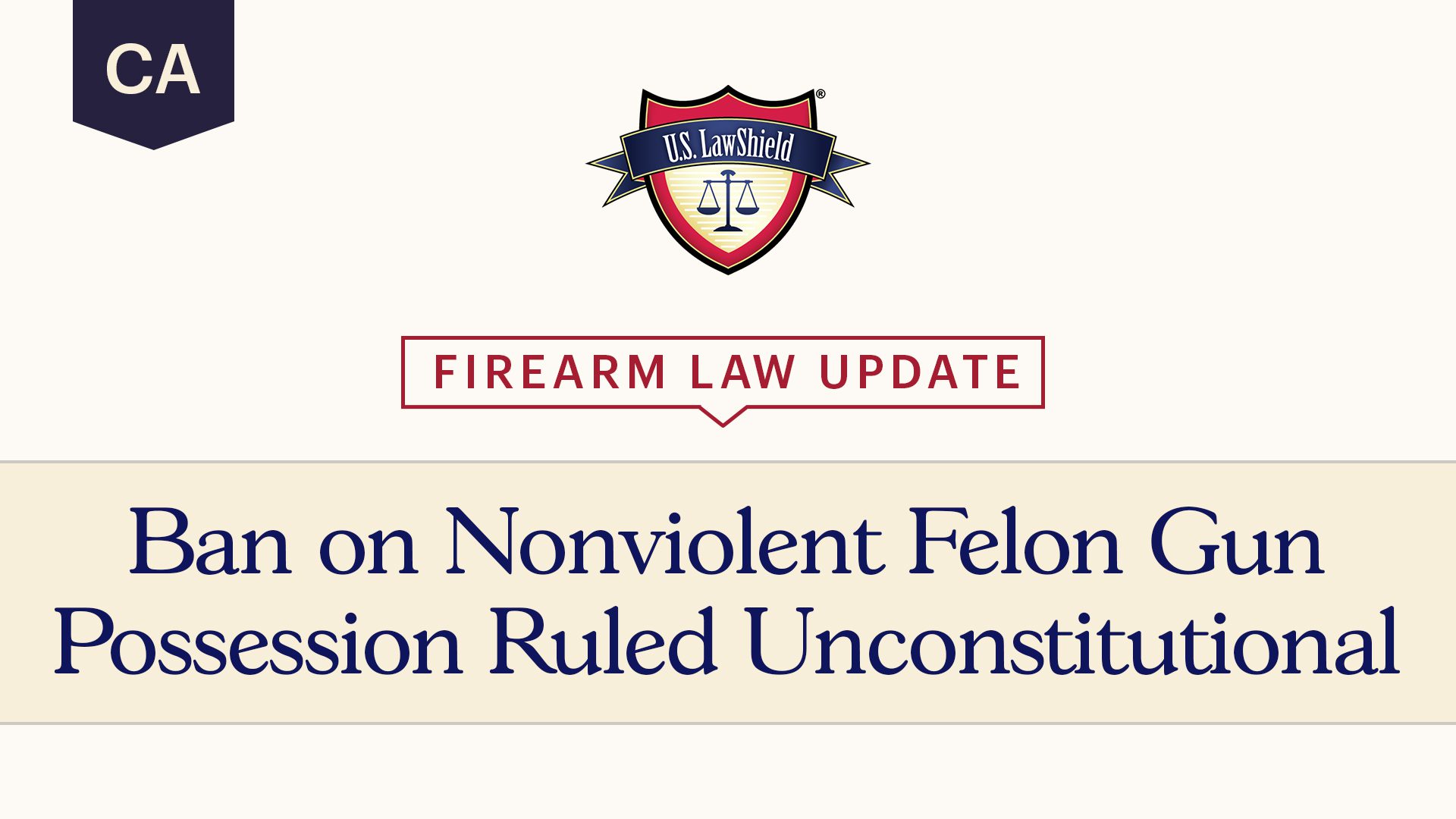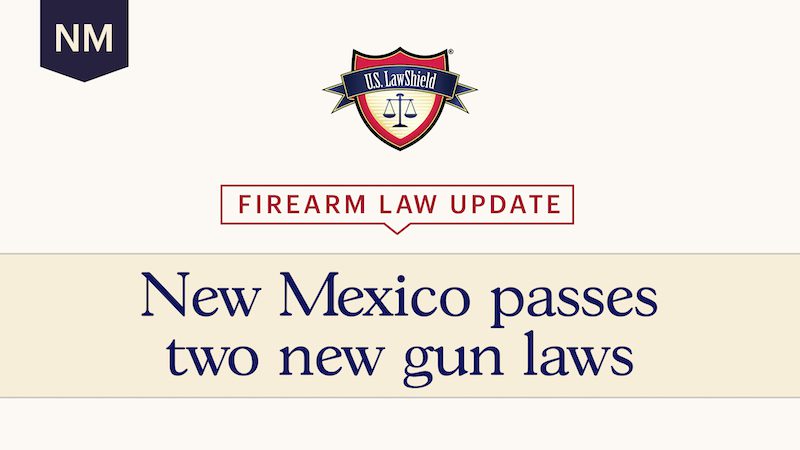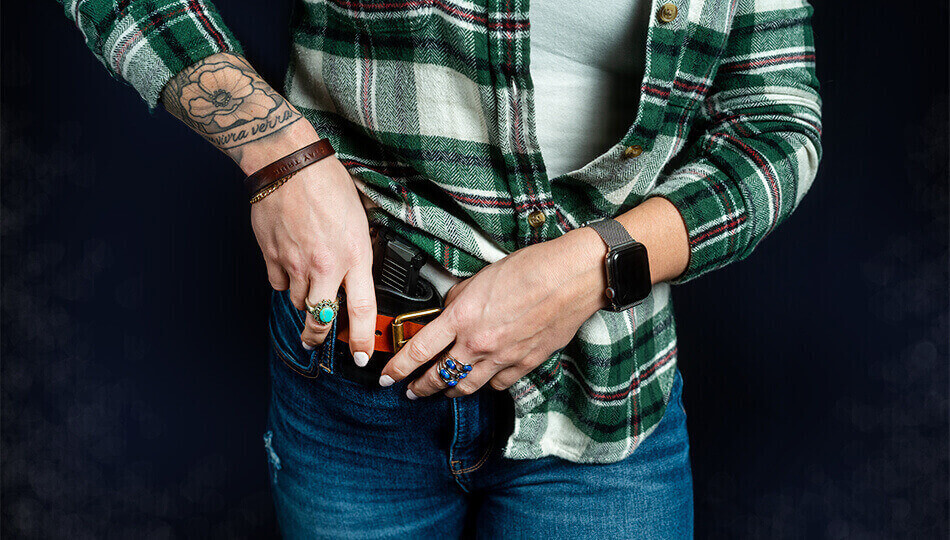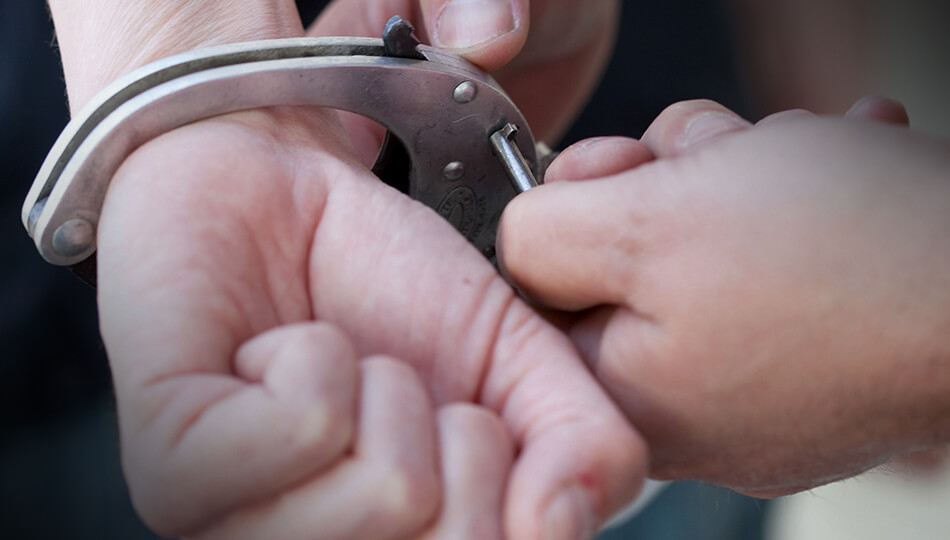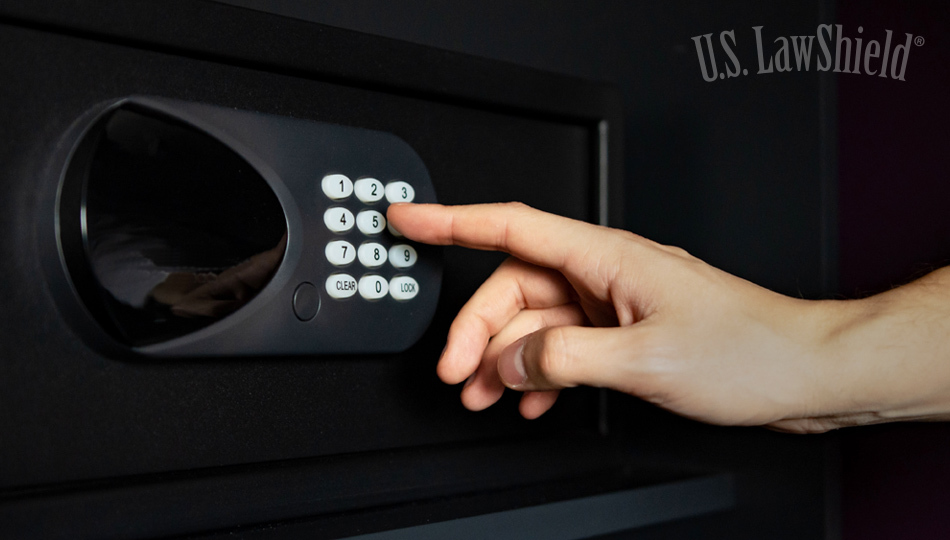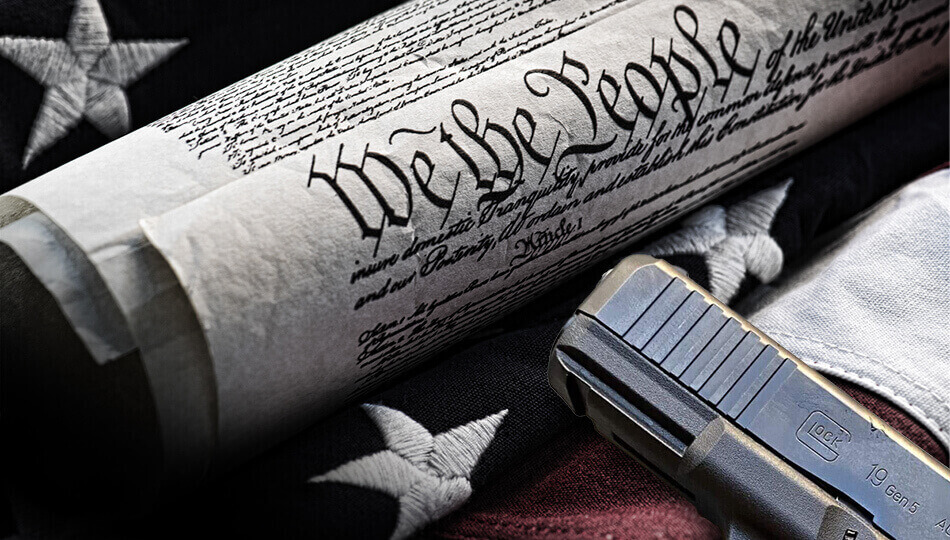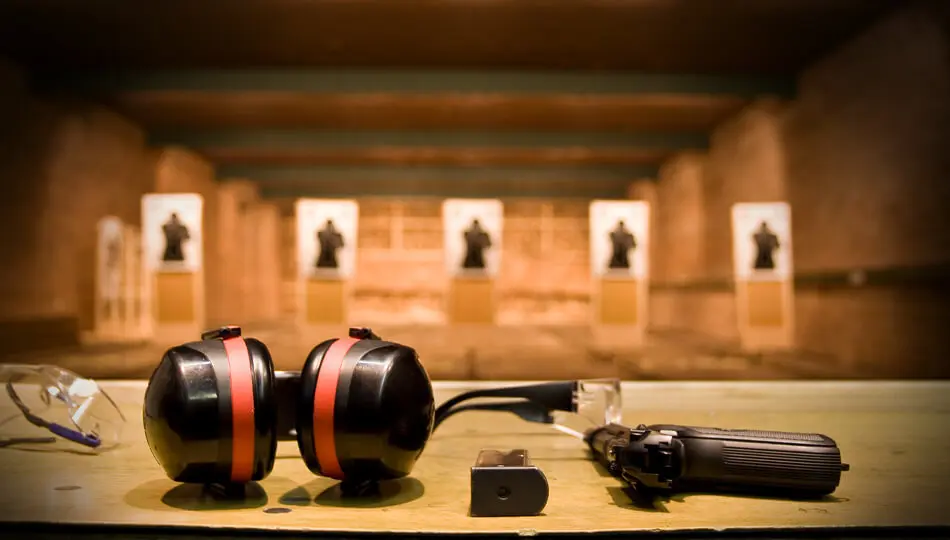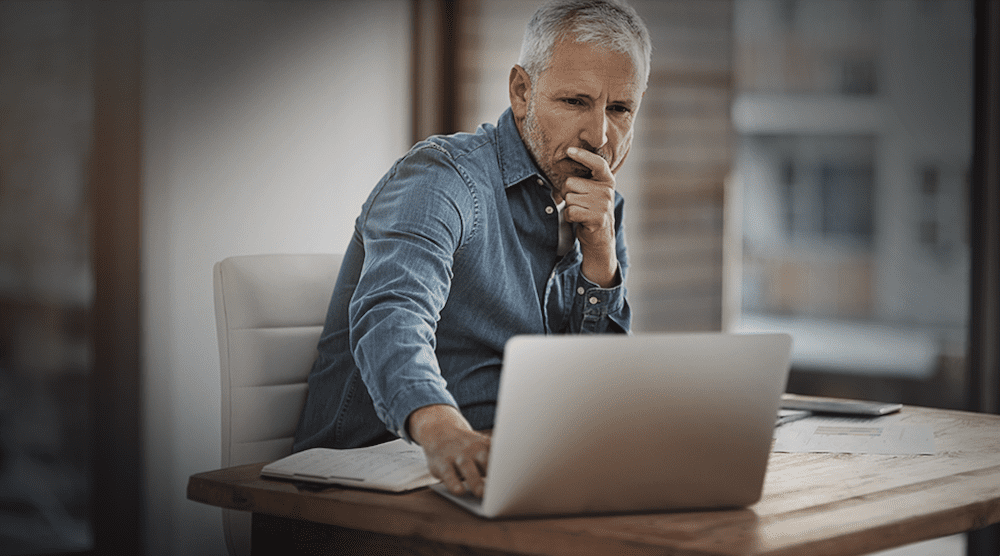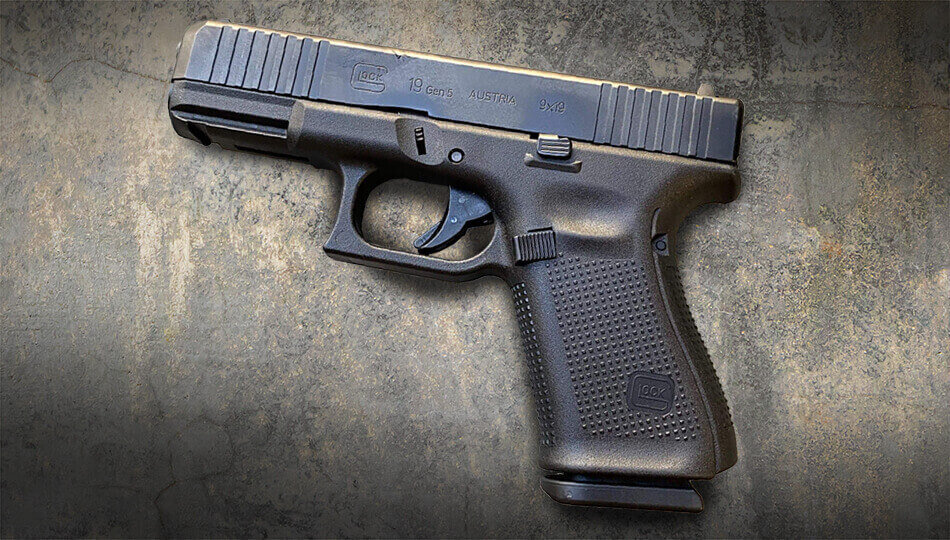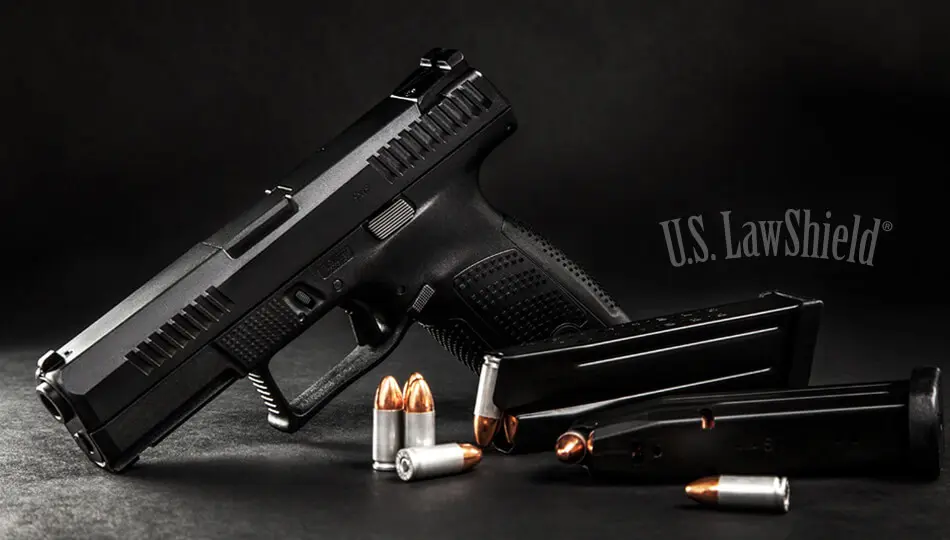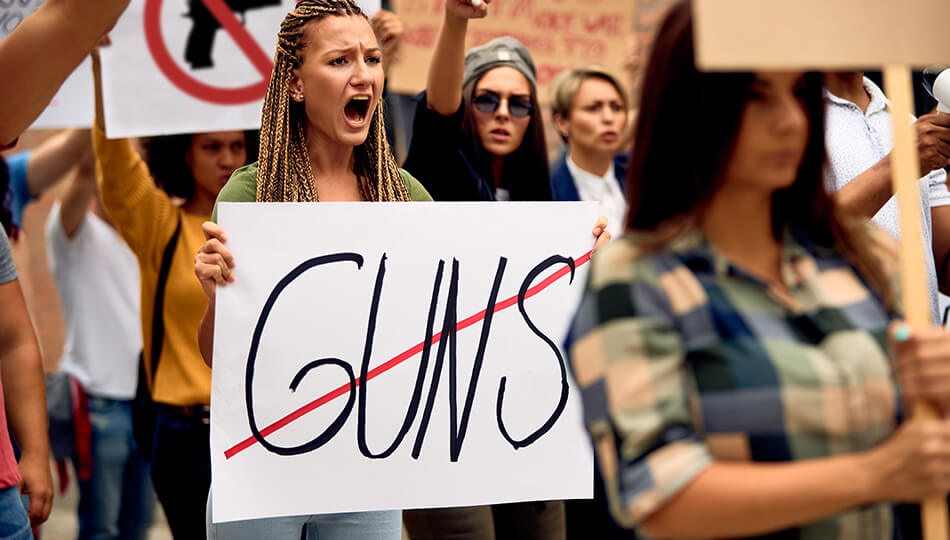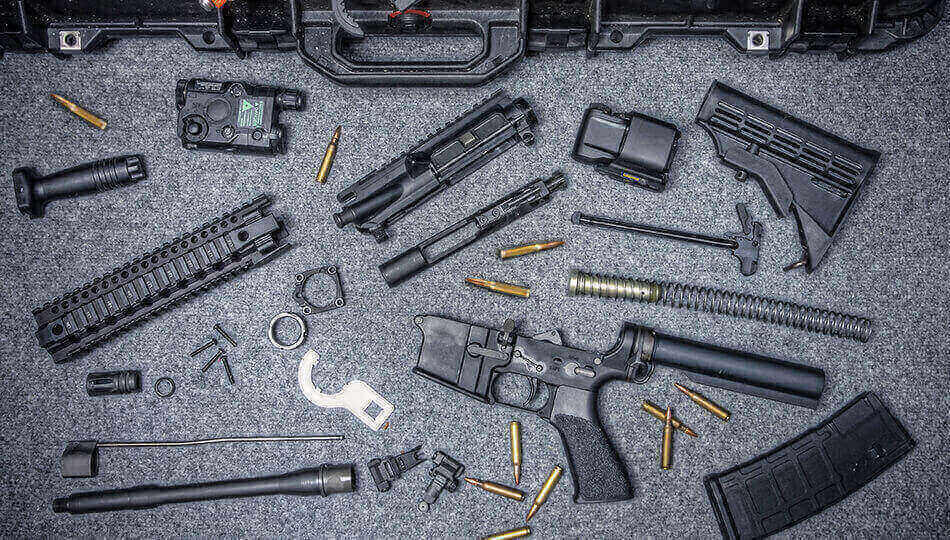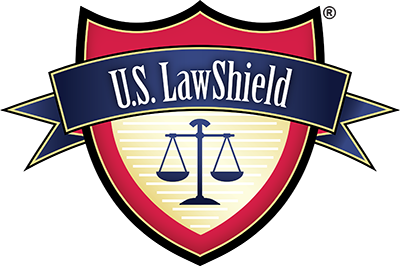The Truth About How to Get a Concealed Carry Permit
For first-time gun buyers interested in self-defense, the questions surrounding how to get a concealed carry permit can be one of the most confusing parts of their self-defense journey. Complicating the matter further, there’s no standardized application process between all 50 states when it comes to how to get a concealed carry permit. There are even many states where the question of how to get a concealed carry permit isn’t even one that people have to ask themselves.
Kyle Rittenhouse: 10 Takeaways for Gun Owners
If you haven’t heard of the Kyle Rittenhouse case, you’ve probably been living under a rock. There are a few things gun owners can learn from the case. Yes, Rittenhouse was ultimately found not guilty by a jury of his peers, but that doesn’t mean there weren’t lessons to learn.
How to Choose the Best Gun Safe For You
If you own firearms, it’s wise to own a good-quality gun safe. Not only does keeping your guns locked up protect them from unnecessary damage and being handled by someone who shouldn’t have access to them, it protects them from outside issues like thieves, fires, and flooding. Choosing the best gun safe for your needs might seem overwhelming, but it can be simplified by taking certain factors into consideration.
The Second Amendment Simplified
The Second Amendment of the Constitution, or the right to keep and bear arms, is one of 10 amendments that make up the Bill of Rights. Different interpretations of the Second Amendment have caused a long-running and heated argument over gun rights in America. But how did we get here? What is the point of the Second Amendment?
Beginner’s Guide to Gun Range Etiquette
Whether you’re a new gun owner or a long-time firearms shooter, proper gun range etiquette is one of the most important parts of range safety. An exciting day of target shooting practice can easily be spoiled by someone who is unaware or simply inconsiderate of good range manners. Make sure your trip to the range is fun, safe, and effective with these gun range etiquette tips.
Self-Defense Myths That Could Ruin Your Life
Misinformation is the ultimate villain of personal preparedness. Unfortunately, there are several self-defense myths and misconceptions often taken as fact that could ruin your freedom, finances, and future if you fall for them. Let’s uncover the truth behind some of these common self-defense myths so you can be prepared for any life-threatening situation.
The 411 on the Glock 19
The Glock 19 may not have been the first polymer pistol designed by Glock, but it’s certainly one of the most popular. In fact, in 2020, the Glock 19 was the top seller for some online FFL (Federal Firearms License) holders. What is it about the compact pistol that makes it so popular among gun owners from all walks of life? If you’re curious—or considering picking one up for yourself—you’ve come to the right place.
Key Second Amendment Supreme Court Cases
The Second Amendment protects and reinforces your right to bear arms. But what exactly is that right? How is it defined by the law? As the ultimate interpreter of American law, the Supreme Court of the United States (SCOTUS) tells us what the Second Amendment does—and doesn’t—protect.Here’s a simplified breakdown of Second Amendment Supreme Court cases and their impact on our self-defense rights.
Has Gun Control Saved Lives? Here Are the Facts
A question that often comes up on both sides of the gun debate is “Has gun control saved lives?” An answer of sorts can be found in studies and statistics, both of which present some of their own downsides and inaccuracies, at times. The simplest answer to this is the most obvious: Criminals behave criminally, and if someone is willing to break the law, creating more laws won’t stop them. In fact, those restrictions typically hinder law-abiding gun owners more than anyone else.
Assault Weapon Ban: Pointless Politicking Preying on Ignorance
Whether you’re talking about the 1994-2004 federal version, the 2013 New York and Connecticut models, or any of a handful of other state designs, Assault Weapons Bans (“AWBs”) have been a hot topic for decades. Supporters say they decrease crime. Detractors point to the fact that all types of rifles combined, represent 364 out of 13,927 in 2019 (just 2.6%)—a tiny proportion—of firearms used in homicides, and that assault weapons don’t even get their own category in these statistics.
Beyond the Pistol: Self-Defense Weapons for When the Gun Stays Home
When looking beyond firearms, it can be difficult to navigate the sea of different federal, state, and local laws regarding carry and ownership. It’s best to be safe and consult with an attorney (like a U.S. LawShield® Independent Program Attorney) before purchasing and carrying a self-defense weapon. Legal to carry doesn’t always mean legal to conceal without a permit, so that’s another factor to consider. That said, here are some options that are generally legal, and useful self-defense tools for when a gun can’t, or won’t, be available.
AR-15 Words and Terms You Should Know
There’s a lot of gun terminology out there, and it can be overwhelming hearing it used. To help you expand your gun language skills, we’ve put together this guide of words and terms you should know about the AR-15. After all, it’s a popular platform, so why not get to know it better?
